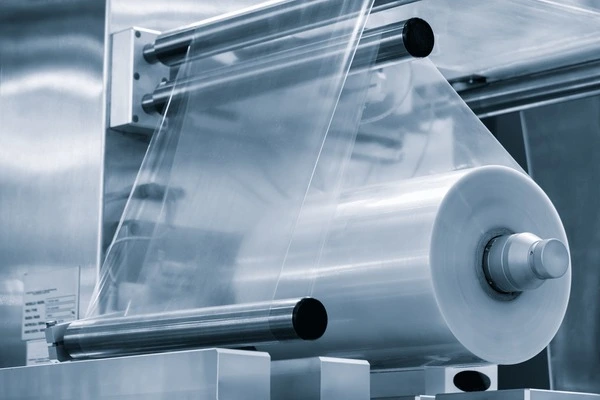In the rapidly evolving UK snack market, standing out on shelf and winning repeat purchase is more than just about flavour or branding. Your packaging plays a pivotal role. Flexible packaging formats such as stand-up pouches, quad-seal bags and roll stock films are increasingly the format of choice. This article explains why flexible snack packaging is gaining momentum and what this means for brands, product developers and purchasing teams.
The Market Shift in Flexible Snack Packaging
Across the UK flexible packaging market, the numbers speak clearly. In 2023 the UK flexible packaging market (across materials and applications) generated USD 9,634.7 million in revenue and is projected to reach USD 12,645.0 million by 2030. Meanwhile globally, the snack-packaging market was valued at USD 20.07 billion in 2024 and is forecast to reach USD 29.15 billion by 2032, with a CAGR of 4.77%.
What does this mean for snacks?
It illustrates that brands and converters are investing in packaging formats that deliver cost-efficiency, shelf appeal and supply chain advantages. In the UK specifically, snack product packaging is shifting from rigid tubs and cans to flexible pouches. One industry commentary notes over 70% of snack food products in UK supermarkets are now packaged in flexible or recyclable materials. For you as a brand team or packaging buyer, the takeaway is clear: the market is moving, and flexible formats are no longer niche, they are mainstream.
Benefits for Snack Brands
Flexible snack pouches weigh considerably less than rigid formats, reducing inbound freight costs and storage footprint. With SKU proliferation (flavour variants, better-for-you options) many brands prefer formats that minimise material cost while retaining shelf presence.
Shelf & consumer appeal
Stand-up pouches and quad-seal bags create an upright presence on shelf rather than lying flat sachets, giving brands more visibility. They speak to “grab-and-go” consumer behaviour. In the UK, health-snack and granola segments are growing rapidly, so the ability to create a bold brand impression matters.
Protection & freshness
One of the big advantages of flexible snack packaging is superior barrier performance in certain constructions, protecting snacks from moisture, oxygen and flavour loss. For products such as granola, nuts or protein bars, this means maintaining crispness, extending shelf life and reducing waste. That plays well with purchasing teams focused on reduction of spoilage and cost-leakage.
Customisation and brand differentiation
Flexible packaging allows high-quality print, unique shapes, reseal features, spouts and handles. If you are targeting premium, limited-edition or D2C models this flexibility of format can support higher perceived value with your target consumer. Print quality and special finishes (matte, gloss, soft touch) are often more easily applied to flexible packaging.
Design Impact & Operational Considerations
When you decide to switch or launch a flexible snack packaging, you need to align design strategy with operational realities:
- Dieline and print readiness: Ensure your artwork is optimised for flexible web printing (distortion, bleeds, repeat patterns).
- Material selection: For snacks you might use a multi-layer structure (e.g., PET/AL/PE) or mono-material if sustainability credentials are high priority.
- Reseal and convenience features: For repeat purchase snacks (bags consumers open and reseal) consider zippers, sliders, tear notches and fitments.
- Supply chain implications: Flexible formats compress more units into a pallet, improving logistics efficiency. Also leads to reduced waste in transit damage due to cushioning effect of films.
- Sustainability conversations: With regulations such as the UK’s Plastic Packaging Tax (effective from April 2022) and impending expansion of Extended Producer Responsibility (EPR) schemes, brands need to factor packaging end-of-life, recyclability and recycled content into format decisions.
Sustainability: The Strategic Imperative
Today’s UK consumer is far more sustainability-savvy than in previous years. According to IMARC Group, the UK sustainable packaging market reached USD 9.71 billion in 2024 and is forecast to reach USD 18.70 billion by 2033.
What does that mean for flexible snack packaging?
- Your material choice for snack packaging must consider recyclability, recycled content and ease of separation at end-of-life.
- Brands that move to flexible packaging often benefit from reduced material use (lighter weight) and lower transport emissions.
- If you couple that with smart messaging (e.g., “now available in our reusable/recyclable pouch”) you meet both marketing and sustainability goals.
- Short-run flexible packaging also allow brands to trial flavour variants or limited promotions without large print runs or over-inventory.
Conclusion
For brands operating in the UK snack sector the message is clear: if you haven’t yet evaluated flexible snack packaging formats, now is the time. The market data, consumer behaviour and supply-chain dynamics all converge in favour of flexible solutions. Switching to stand-up pouches, quad-seal bags or other flexible pouch packaging boosts shelf presence, reduces material and freight cost, and supports sustainability credentials. As decision-makers and brand teams you should ensure your next range review or launch includes pouch packaging as a core part of your packaging strategy.
If you would like to explore which flexible snack packaging that fits your snack line, or want help comparing material, print and logistics options, do reach out, the right choice now can set you ahead of the competition.




